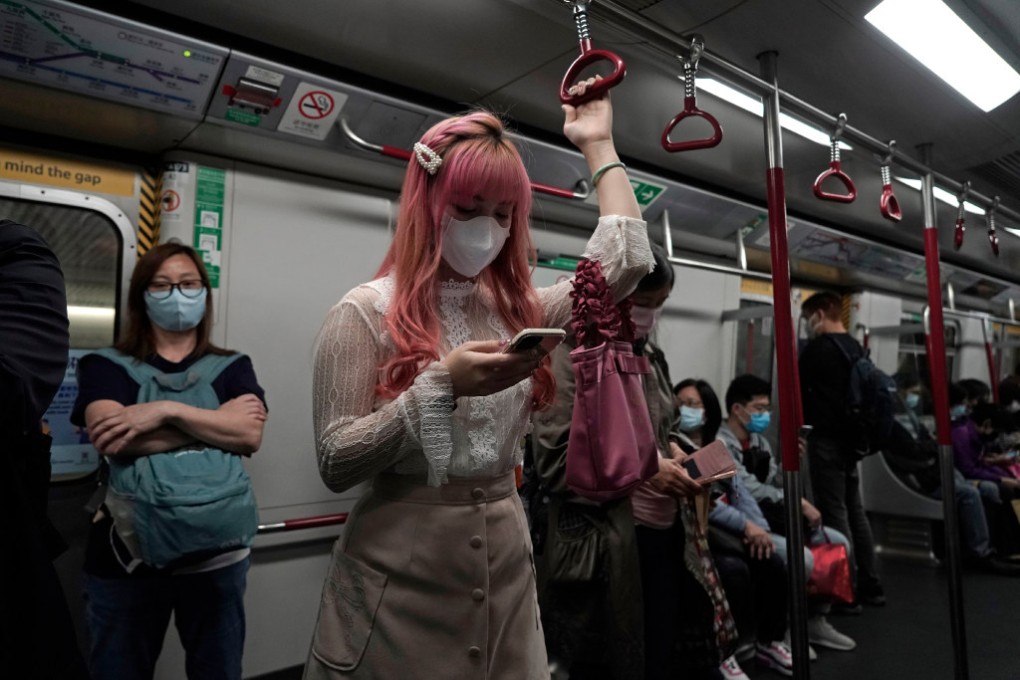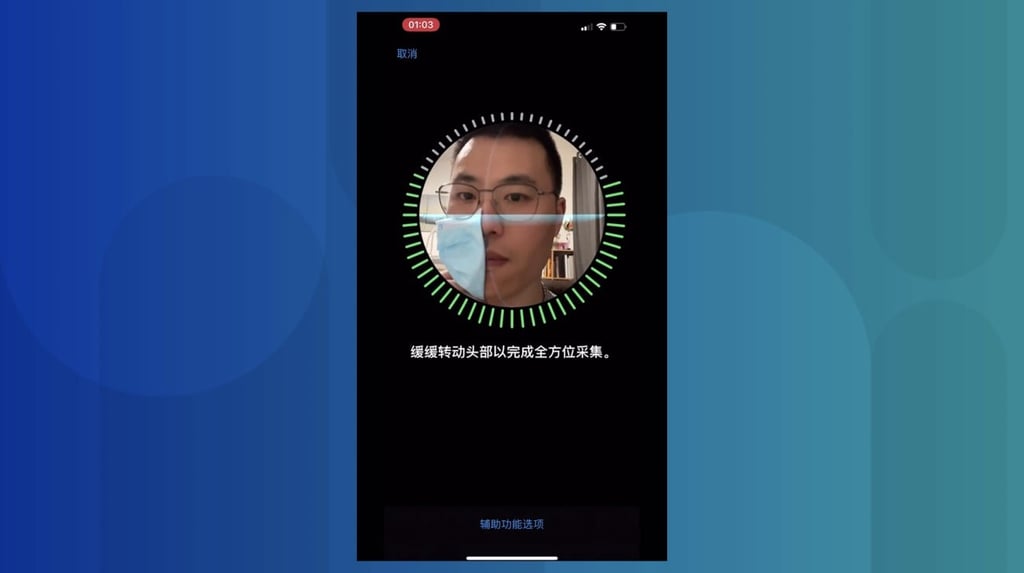Advertisement
How I unlocked my iPhone XR with a mask on by following a Tencent tutorial
Apple’s Face ID isn’t designed to work with face masks, but there’s a way to make it work
Reading Time:3 minutes
Why you can trust SCMP

This article originally appeared on ABACUS
For many iPhone users wearing masks during the coronavirus pandemic, trying to unlock their phones has become a frustrating experience. With fingerprint sensors absent on recent models, users are forced to type in their passcodes dozens of times a day because Face ID won’t recognise them with a mask on.
Or that’s what we thought. But Tencent recently said there’s a solution, even though they said it may not be safe. I even tried it out myself, but getting it to work isn’t as straightforward as it seems.
According to a tutorial published by Tencent Security Xuanwu Lab, iPhone users can solve the problem by setting up a new Face ID while having their face partially blocked by a face mask. Users can try it out by folding a mask in half and using it to cover the left or right side of their face while following Face ID’s enrollment instructions. After unlocking the phone normally with their bare face, users should be able to unlock it again with a face mask on, according to the tutorial.
Advertisement

Even before Tencent brought attention to it, the method appeared in several tutorial videos circulating online, showing people successfully unlocking their iPhones while wearing face masks. But Tencent’s tutorial was the first time the method was validated by a security research lab.
Advertisement
When I first followed the tutorial, my iPhone still wouldn’t unlock while I was wearing a mask. Even after multiple attempts, it still wouldn’t work on either my own iPhone XR or my coworker’s iPhone 11. There was no problem registering a new Face ID with a partially blocked face, but in the end, I still had to put in my PIN every time I tried to use the phone.
The next day, strangely, it started working. When I looked down at my iPhone XR in the middle of the day while wearing a mask, I had my fingers ready to go to type in my PIN. But I didn’t need to. The phone was already unlocked.
Advertisement
Select Voice
Choose your listening speed
Get through articles 2x faster
1.25x
250 WPM
Slow
Average
Fast
1.25x